The Forgotten Files: 2016 Honda CBR600RR

Hey, remember me?!
At the pace the 1000cc literbike field is advancing, it’s easy to overlook the middleweight 600cc sportbike class. For instance, few might have even noticed it’s been three years since Honda gave its CBR600RR a slight refresh. Tom Roderick rode the bike both on the street and the track, where he came back impressed but not overly enthusiastic about Honda’s middleweight supersport. With the march of time giving way to technologies like traction control, cornering ABS, inertial measurement units and apps that can adjust the bike’s attitude at the push of a button, we thought it was time to revisit the CBR600RR to see if time has given us a new appreciation for the simpler things in life.
2016 Honda CBR600RR
| Engine | 15.0/20 |
| Suspension/Handling | 12.0/15 |
| Transmission/Clutch | 8.0/10 |
| Brakes | 7.5/10 |
| Instruments/Controls | 3.5/5 |
| Ergonomics/Comfort | 8.5/10 |
| Appearance/Quality | 8.0/10 |
| Desirability | 7.5/10 |
| Value | 7.0/10 |
| Overall Score | 77/100 |
It would seem like hopping on the Honda after flogging two of the best superbikes $17K can buy in the 2016 Aprilia RSV4 RR and 2016 Kawasaki ZX-10R would be a bit of a letdown. With 170-plus horsepower on tap, they make the CBR600 and its 99 rear-wheel horsepower seem pathetic by comparison. Well, there’s no getting around it, 99 horses is pretty tame even for the middleweight class. Making matters worse for the CBR, Evans Brasfield’s stock 2003 Yamaha R6 made 102 hp only minutes after we took the Honda off the dyno.
But judging the Honda strictly by the numbers would be a mistake. Hop on the CBR and its 32.3-inch seat height feels much more agreeable than the 33-inchers of the Aprilia and Kawasaki. Sure, 0.7-inch doesn’t sound like a big difference, but the Honda doesn’t perch the rider forward anywhere near as much as the Ape, and its cushy seat will almost make you think you’re riding a Gold Wing. Almost. At 418 lbs fully fueled, that’s roughly 50 lbs less weight than the literbikes above, making the Honda seemingly toy-like between the rider’s legs.
On the road the ride is plush while remaining compliant, thanks to Showa’s 41mm Big Piston Fork, a highlight of the upgrade package Honda gave the bike in its 2013 revamp. Bumps and other road imperfections don’t seem to bother the suspenders much, and there’s hardly any vibration or buzz transmitted through the bars or the pegs.
This makes it a nice freeway mount, too, as a rider can pound out the miles in relative comfort. For my 5-foot, 8-inch frame, the windscreen does a nice job of routing airflow over my helmet with minimal buffeting. It was a little surprising, however, to look down and notice the engine was spinning to the tune of 7000 rpm in sixth gear at 80 mph. But at least I didn’t need to downshift to pass slower cars in front of me. All-in-all, as far as sportbikes go, it’s a comfortable mount for street riding.
Get up in the hills and the CBR reminds us why it’s a lovable little sportbike. Its 99 horses and 44 lb-ft of torque aren’t a lot, but it’s more than enough to have a good time. The power is accessible relatively early, which is ideal for a street machine. Its chassis is one we’ve always been fond of, and after some time away it reminded me once again why we like it so much. The bike is simply easy to maneuver and fun to toss around. The BPF fork gives nice feedback to the rider, and the shock does an equally nice job of keeping the rear end under control. Spring preload, rebound and compression damping adjustments are available at both ends to fine tune the ride for rider weight or conditions.
Quickshifters have become a tech we don’t like to live without on nearly any bike, and though the analog RR doesn’t have one, it shifts clean and crisp anyway the old-fashioned way. And besides, the aftermarket is littered with options to add a quickshifter. Our particular test bike was the non-ABS model, which goes for $11,490, the same exact pricing the bike had in 2013. For an extra $1000, and 22 extra pounds, there’s also an option for those wanting ABS. Braking is provided by dual radial-mounted four piston calipers biting on 310mm discs, and though power and feel are good for the class, neither are particularly extraordinary.
Overall, our time aboard the CBR was an enjoyable one and a nice reminder of how fun the middleweight class really is. With user-friendly power, an athletic chassis and ergos that are both comfortable for street riding while still being aggressive enough for the twisties or the racetrack, the Honda CBR600RR is a perfectly lovable motorcycle for someone who’d rather command a machine between their legs rather than a computer with wheels.
Honda CBR600RR Competitors | |
|---|---|
| Yamaha YZF-R6 | $10,990 – $11,490 |
| Suzuki GSX-R600 | $11,199 |
| Kawasaki Ninja ZX-6R | $11,699 – $12,999 |
| Triumph Daytona 675 | $12,000 |
| MV Agusta F3 675 | $14,298 |
The major catch, though, is one could spend as much as $12.5K on one if ABS is required by its owner. At that point is it worth it? Looking at the chart to the right we see that, without ABS, the CBR is either more expensive than or equal to the Yamaha R6 and Suzuki GSX-R600. The Kawasaki, Triumph and MV Agusta all require more coin, but it could be argued that you’re getting more for your dollar.
The final decision, of course, is up to you. However, know that going down Honda road is a perfectly fine choice. Horsepower isn’t everything. It’s about putting a smile on your face. In that regard, the Honda CBR600RR is plenty capable of doing just that.
2016 Honda CBR600RR
+ Highs
- Comfortable (sportbike) ergos
- Great handling
- Still attractive after all these years
– Sighs
- Not even 100 horses?!
- Price is kinda steep
- No tech (or is that a high?)
2016 Honda CBR600RR Specifications | |
|---|---|
| MSRP | $11,490 |
| Engine Type | 599cc liquid-cooled inline-Four cylinder, DOHC, four valves per cylinder |
| Bore and Stroke | 67mm x 42.5mm |
| Compression Ratio | 12.2:1 |
| Rear Wheel Horsepower | 99.7 hp @ 12,900 rpm |
| Torque | 44.1 lb-ft @ 10,900 rpm |
| lb/hp | 4.2 |
| lb/torque | 9.5 |
| Transmission | Close ratio 6-speed |
| Final Drive | Chain |
| Front Suspension | 41mm inverted Big Piston Fork with spring preload, rebound and compression damping adjustability |
| Rear Suspension | Unit Pro-Link HMAS single shock with spring preload, rebound and compression damping adjustability |
| Front Brake | Dual radial-mounted four-piston calipers with full-floating 310mm discs |
| Rear Brake | Single-caliper 220mm disc |
| Front Tire | 120/70-17 |
| Rear Tire | 180/55-17 |
| Rake/Trail | 23.5 deg/3.9 in |
| Wheelbase | 53.9 in. |
| Seat Height | 32.3 in. |
| Curb Weight (Claimed) | 418 lbs. |
| Fuel Capacity | 4.8 gal. |
| Colors | Black/white |
| Warranty | 12 months, transferable, unlimited-mileage limited warranty; extended coverage available with a Honda Protection Plan. |

Troy's been riding motorcycles and writing about them since 2006, getting his start at Rider Magazine. From there, he moved to Sport Rider Magazine before finally landing at Motorcycle.com in 2011. A lifelong gearhead who didn't fully immerse himself in motorcycles until his teenage years, Troy's interests have always been in technology, performance, and going fast. Naturally, racing was the perfect avenue to combine all three. Troy has been racing nearly as long as he's been riding and has competed at the AMA national level. He's also won multiple club races throughout the country, culminating in a Utah Sport Bike Association championship in 2011. He has been invited as a guest instructor for the Yamaha Champions Riding School, and when he's not out riding, he's either wrenching on bikes or watching MotoGP.
More by Troy Siahaan



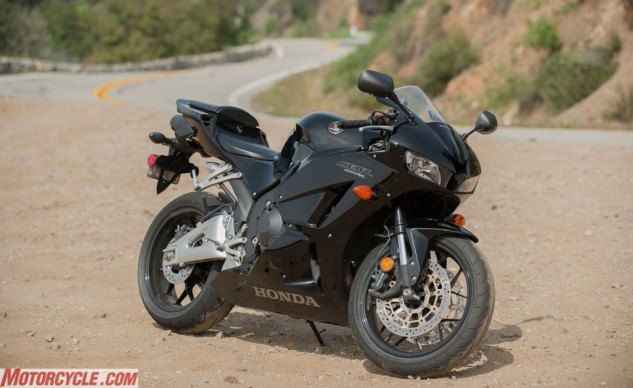
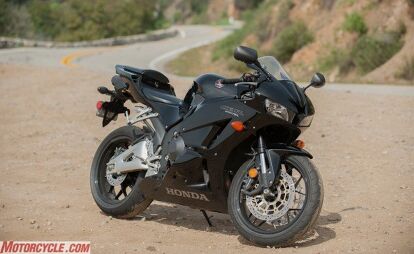























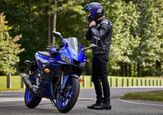
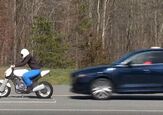
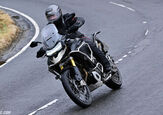
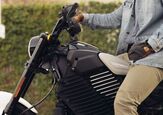
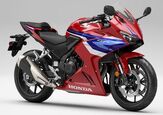
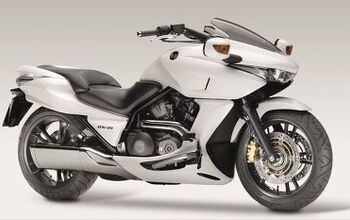

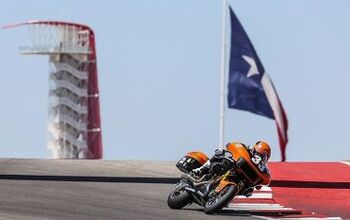
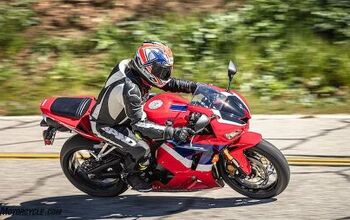
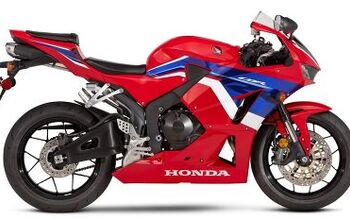
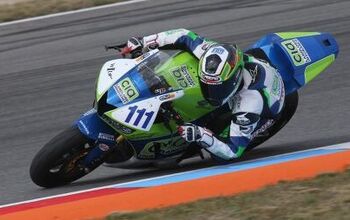
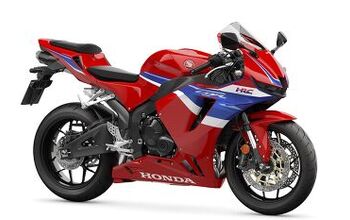
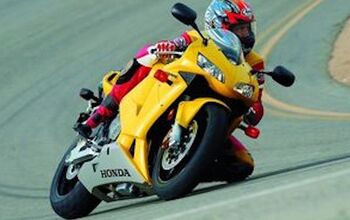
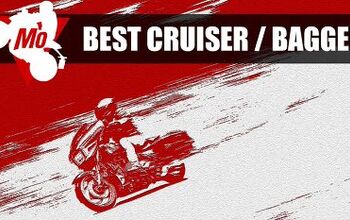
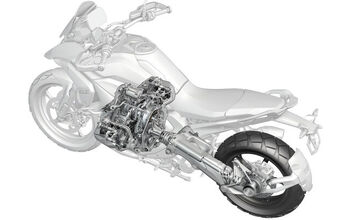
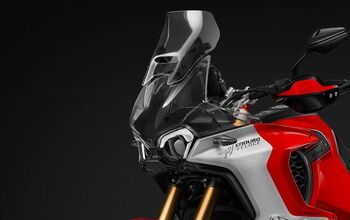
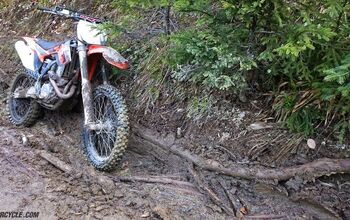
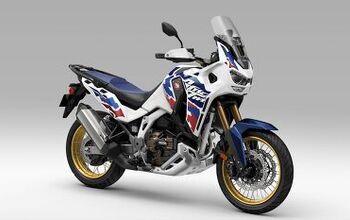
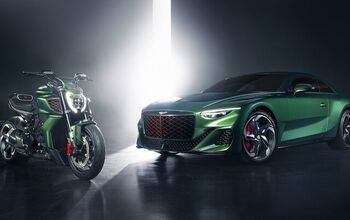
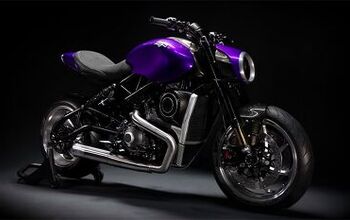
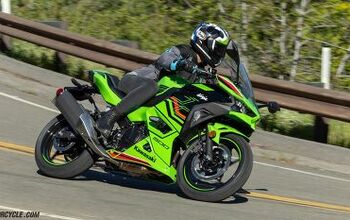
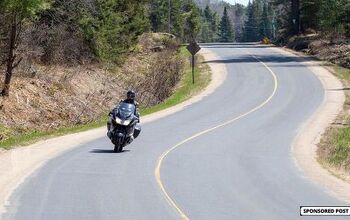

Comments
Join the conversation
I absolutely love mine. It's hard to pin down exactly what makes it so much fun to ride. It's so light and flickable. So responsive. Smooth and refined. Comfortable (for a sportbike). Looks really good too. And people complaining about the power.....seriously, this bike is plenty fast. It also has a nice midrange punch. No need to downshift to pass on the highway. But if you rev it passed 8k RPM it will catapult you to triple digit speeds in a hurry. More than enough to land you in jail! Prior to this bike I had a Hayabusa, and a ZX12. No I don't miss the power because I hardly got to use it and when I did I almost lost my license! The 600 is a perfect sportbike for me.
It is down on power compared to its class, but that isn't the only indicator. Another publication did a street and track comparison of the entire 'middleweight' class, and the CBR600RR was the fastest in the 1/4 mile, and the highest out-of-corner acceleration G's. It lacked in top speed on the track by a few handful of mph, but was still on the podium for lap times around the two test tracks.